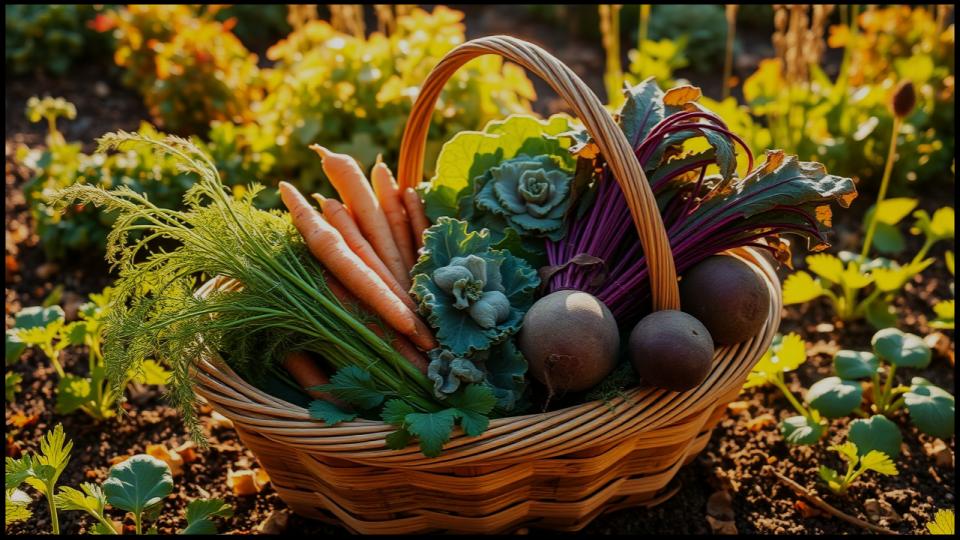
As the long, sun-drenched days of midsummer begin to wane, many gardeners feel a pang of melancholy, believing the season of sowing and fresh harvests is drawing to a close. But I’m going to let you in on a little secret: some of the year’s most delicious and rewarding crops are yet to be planted. True late season vegetable gardening isn’t about scraps or leftovers; it’s a golden opportunity to cultivate vegetables that truly come into their own in the cooler, gentler days of autumn.
This isn’t just about filling empty space—it’s about working with the seasons to produce crops that are often sweeter, crisper, and less bothered by pests than their spring-planted counterparts. Forget the frenetic energy of spring planting. This is your garden’s second act, a more relaxed and deeply satisfying encore. Let’s explore the dozen star performers that will keep your kitchen flush with homegrown goodness long after the summer sun has faded.
Key Takeaways for a Thriving Late Season Garden
Here’s what you need to know to get started with your fall vegetable garden:
- Sweetness from Stress: Many root vegetables and brassicas convert starches to sugars in response to cold weather, resulting in a markedly sweeter flavor after a light frost.
- Dodge the Pests: Planting later in the season helps you avoid the peak life cycles of destructive pests like squash vine borers and cucumber beetles.
- Less Bolting, More Flavor: Cool-weather loving greens like spinach and cilantro are far less likely to bolt (flower prematurely) when they mature in the crisp days of fall instead of the intense heat of early summer.
- Succession Planting is Key: A successful late garden relies on the principle of succession planting—quickly replacing harvested summer crops with new seedlings for an uninterrupted harvest.
The Surprising Magic of a Second Act Garden
So, why does this later planting window work so well? It’s a beautiful bit of horticultural science. As the intense summer sun mellows, the soil remains wonderfully warm, which is perfect for rapid seed germination. However, the cooling air temperatures create a less stressful environment for maturing plants. This unique combination of warm soil and cool air is the magic formula for many of the vegetables on our list.
In my own garden, I’ve found that the fall harvest has a character all its own. The flavors are often deeper and more complex. This is especially true for brassicas and root vegetables. A phenomenon known as “frost-kissing” occurs when temperatures dip near freezing, triggering plants to produce more sugars as a natural antifreeze. This process, according to university horticultural programs like the University of Minnesota Extension, results in a richer, sweeter taste that you simply cannot replicate in a spring or summer harvest. It’s a perfect example of how a little bit of stress can create something truly wonderful.
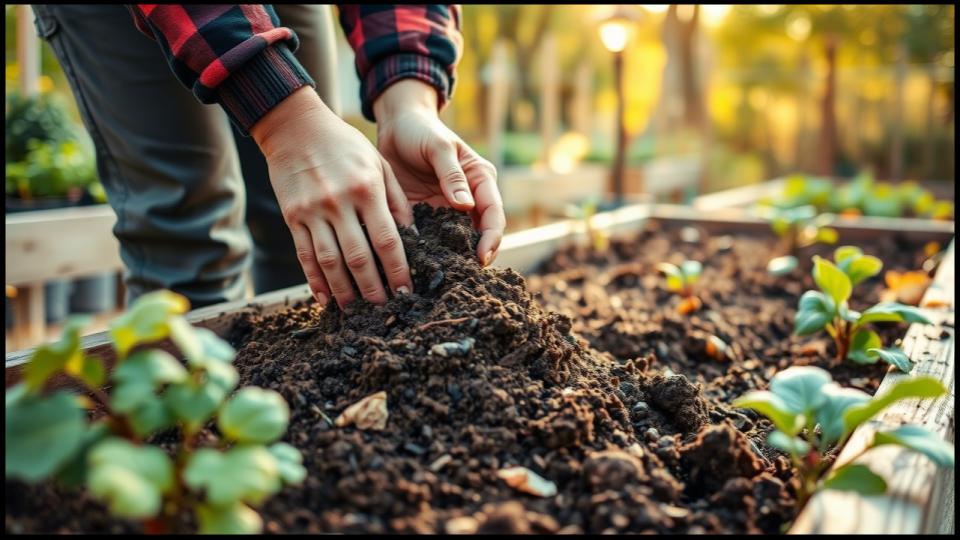
12 Secret Stars of Late Season Vegetable Gardening
It’s time to rethink your garden calendar. Many of these plants will become your new autumn favorites, providing robust flavors and textures that are the very essence of the season.
1. Carrots: For a Sweeter, Frost-Kissed Crunch
While you can grow them all season, fall-harvested carrots are undeniably superior. Planted in mid-to-late summer, they mature in the cool soil of autumn, which concentrates their sugars.
- Expert Tip: I always aim to leave my carrots in the ground for at least one light frost. The difference in sweetness is remarkable. Choose a fast-maturing variety like Danvers or Nantes to ensure they size up before the ground freezes solid.
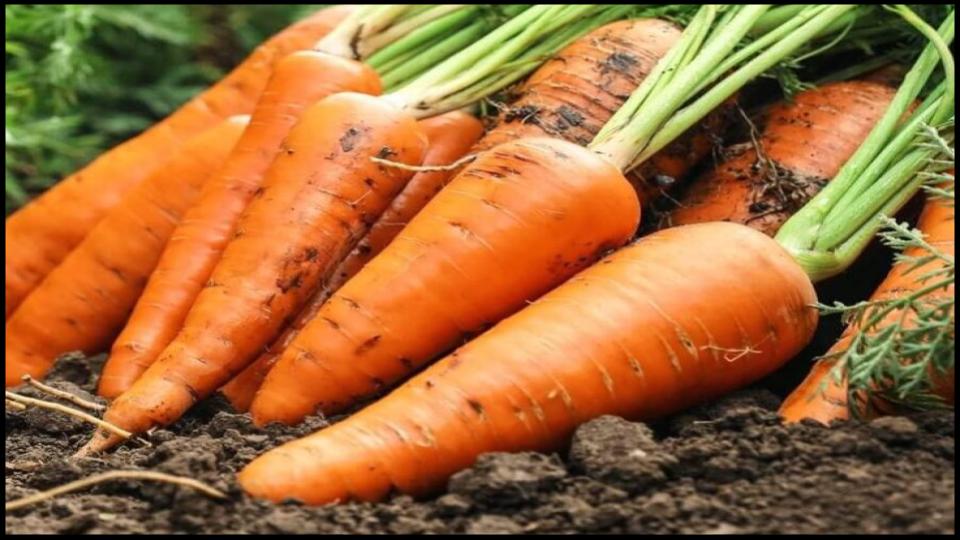
2. Beets: For Earthy, Jewel-Toned Roots
Beets adore the transition from warm soil to cool air. Planting them in late summer gives you not one, but two harvests: the tender greens can be harvested sparingly as the plant grows, and the roots develop a deep, earthy sweetness in the cool soil, free from the woody texture that can result from summer heat.
- Expert Tip: Give them consistent moisture to ensure the roots develop evenly.
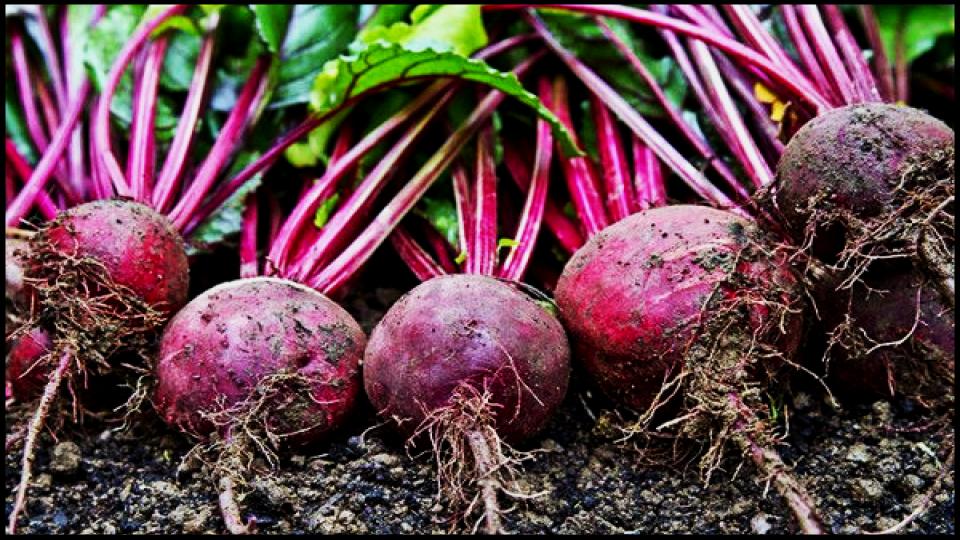
3. Radishes (Winter Varieties): The Unsung Heroes
Forget the small, peppery globes of spring. I’m talking about winter radishes like the magnificent Daikon or the stunning Watermelon radish. Sown in late summer, these grow large and crisp, with a flavor that is milder and more complex than their spring cousins. They are perfect for roasting, pickling, or adding a surprising crunch to salads.
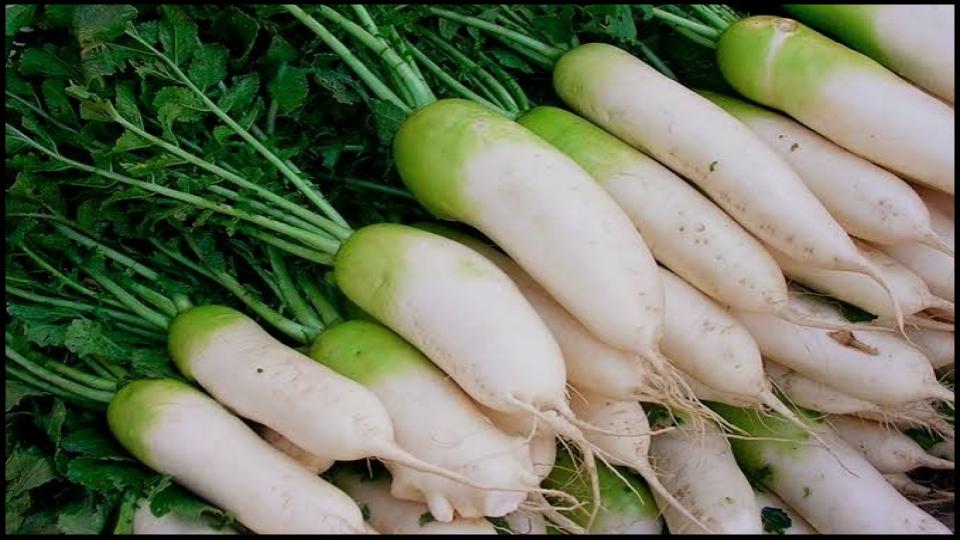
4. Zucchini & Summer Squash: To Dodge the Borers
This is one of my favorite secrets for gardeners plagued by the dreaded squash vine borer. By holding off on planting zucchini until mid-July, you miss the pest’s primary egg-laying window. You’ll have a slightly shorter harvest period, but you’re far more likely to get a healthy, productive crop—one of the best examples of using timing for vegetables to plant in summer for fall harvest.
- Expert Tip: Choose a fast-maturing, disease-resistant variety. You’ll be swimming in zucchini by late August when your neighbors’ early-planted crops have succumbed.
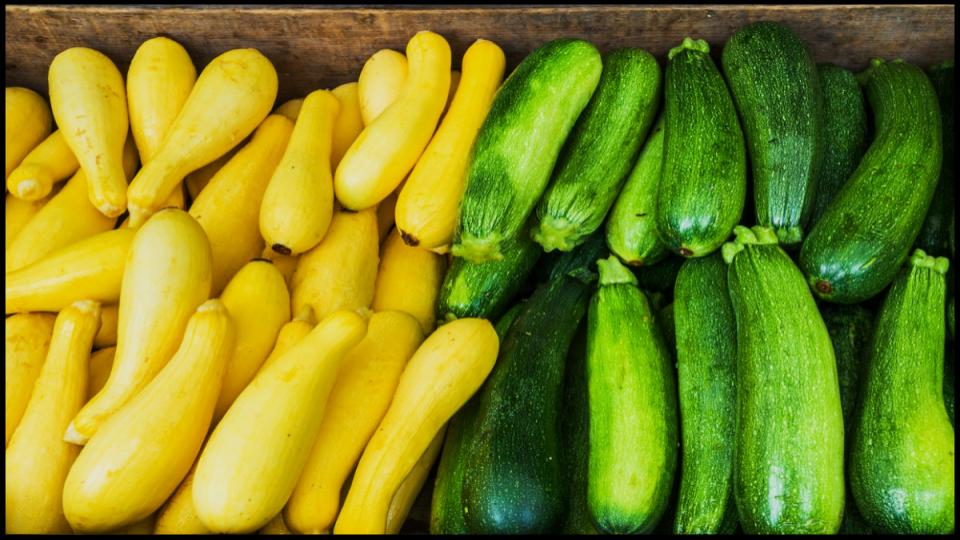
5. Cucumbers: For a Final, Crisp Crop
Similar to zucchini, a late planting of fast-maturing bush cucumbers can yield a fantastic crop just as the early-season plants are exhausted. The key is to plant them by mid-to-late July in most northern climates. They love the warm soil for germination and will produce prolifically in the late summer and early fall.
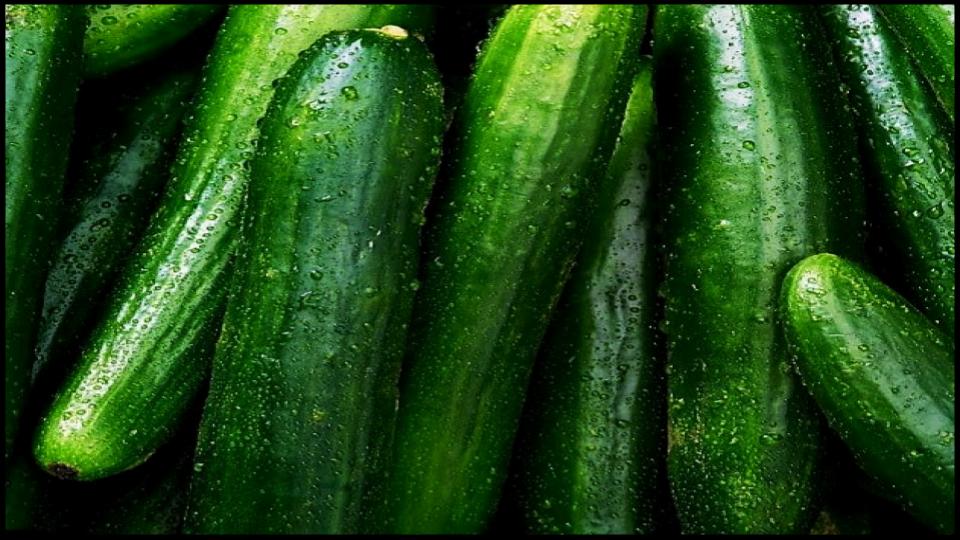
6. Broccoli: Better Than Ever
Broccoli grown in the fall is a game-changer. The heads mature in cool weather, making them tight, tender, and incredibly sweet—often avoiding the bitterness that can come from maturing in summer heat.
- Expert Tip: As the Old Farmer’s Almanac notes, even after you harvest the main head, leave the plant in the ground. It will often produce numerous smaller side shoots, extending your harvest for weeks.
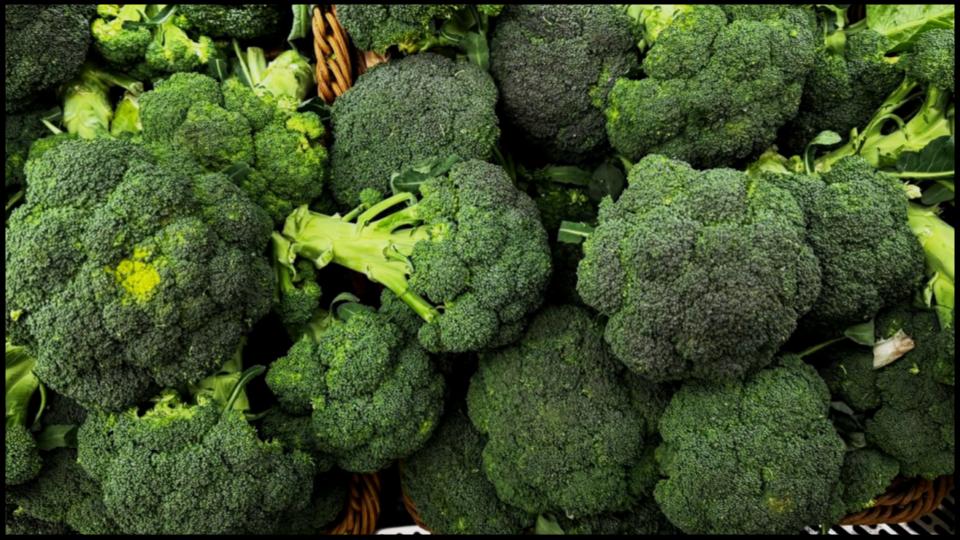
7. Kale: The Indomitable Green
Kale is the undisputed king of the fall and winter garden. Like broccoli, its flavor is vastly improved by a touch of frost, becoming sweeter and losing any hint of bitterness. You can plant kale in late summer and harvest the leaves well into winter, sometimes even digging them out from under a blanket of snow.
- Expert Tip: I love the visual appeal of Lacinato or ‘Dinosaur’ kale; its bumpy texture looks almost prehistoric and holds up beautifully in soups and stews.
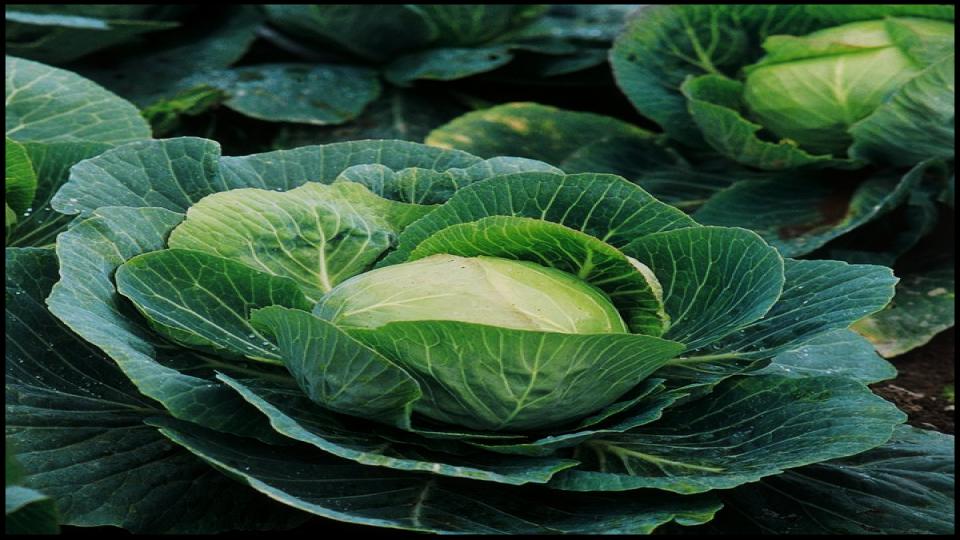
8. Spinach: Finally, No Bolting
Every gardener knows the frustration of spring spinach bolting the moment temperatures rise. The solution? Plant it in late August for a fall crop. It will germinate in the warm soil and then produce lush, tender leaves for weeks on end in the cool, sunny days of autumn without a thought of going to seed.
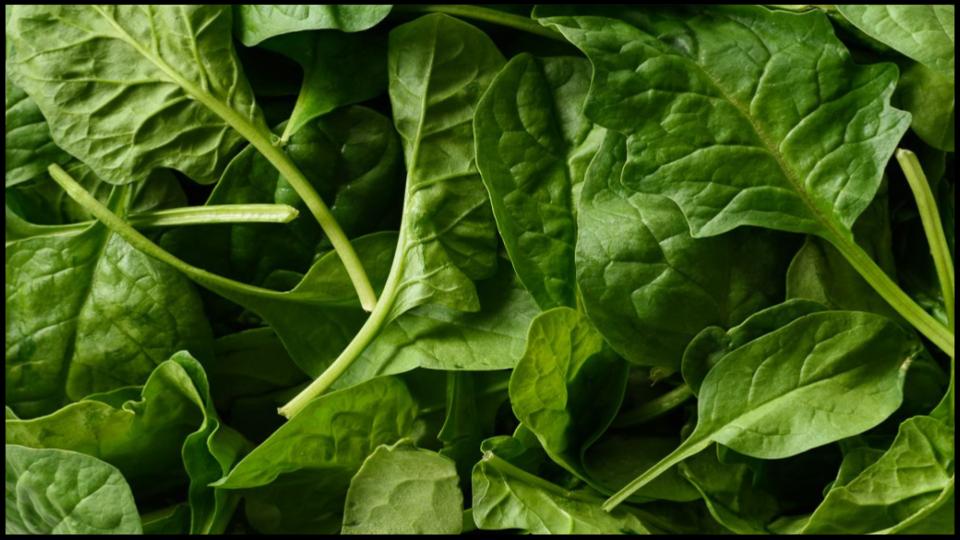
9. Arugula: A Peppery Encore
That delicious, peppery bite of arugula is another victim of summer heat, which can make the leaves unpleasantly bitter and quick to bolt. A late summer sowing provides the perfect conditions for tender, flavorful leaves that will elevate any salad or pizza.
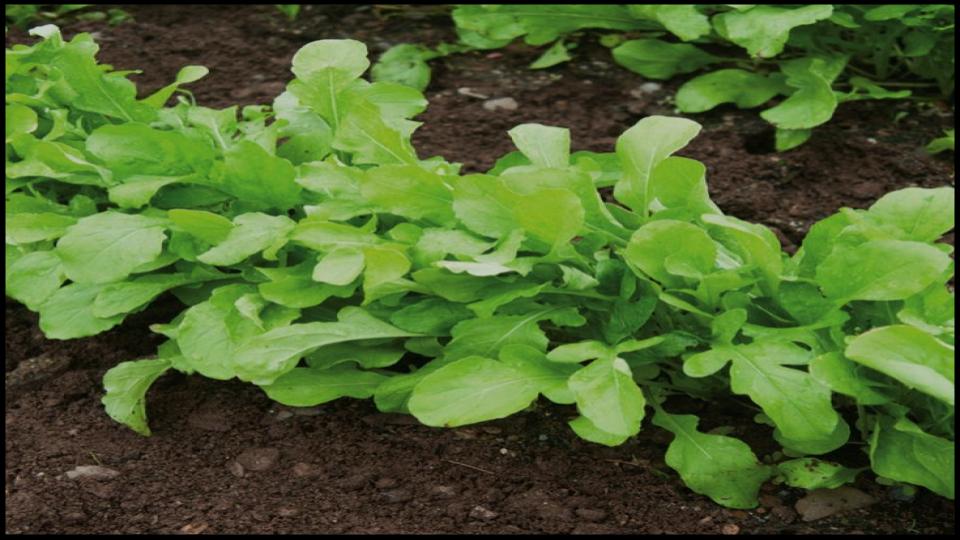
10. Florence Fennel: The Elegant Anise
This is a true gourmet secret. Florence fennel, with its crisp, anise-flavored bulb, is notoriously fussy and will bolt if it experiences temperature swings or intense heat. Planting it in mid-summer for a fall harvest is the most reliable way to get those beautiful, swollen bulbs. It’s a sophisticated addition to any autumn meal.

11. Bush Beans: A Quick and Bountiful Crop
While you need to time this one right, a late planting of bush beans can be incredibly rewarding. Plant a quick-maturing variety about 70-80 days before your first expected frost. The plants will flourish in the late summer sun and give you one last, massive harvest of tender, crisp beans before the season ends. This is the essence of succession planting.
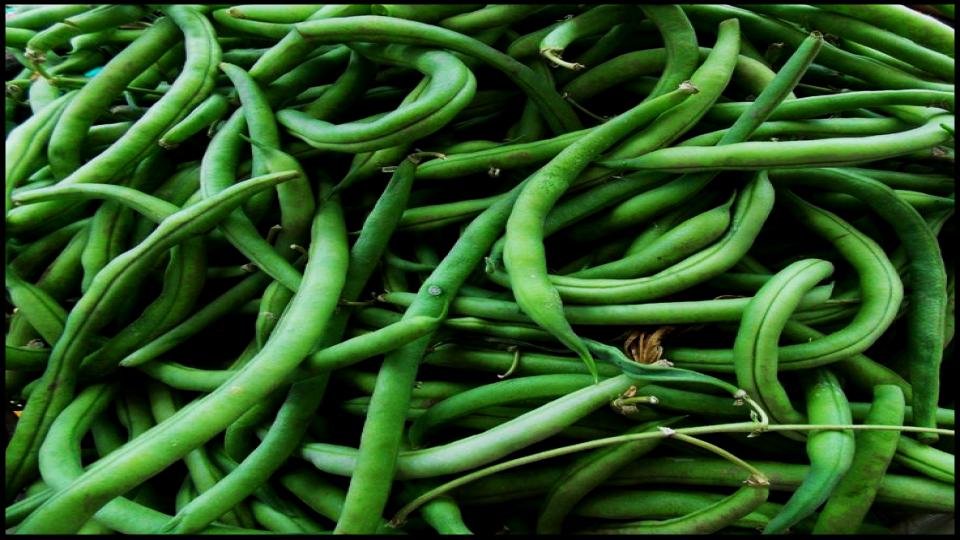
12. Cilantro: The Herb That Hates Heat
Much like spinach, cilantro is famous for bolting in the heat. For a steady supply of this essential herb, sow seeds every few weeks starting in late August. It will thrive in the cooling weather, providing you with fresh leaves for all your fall cooking.
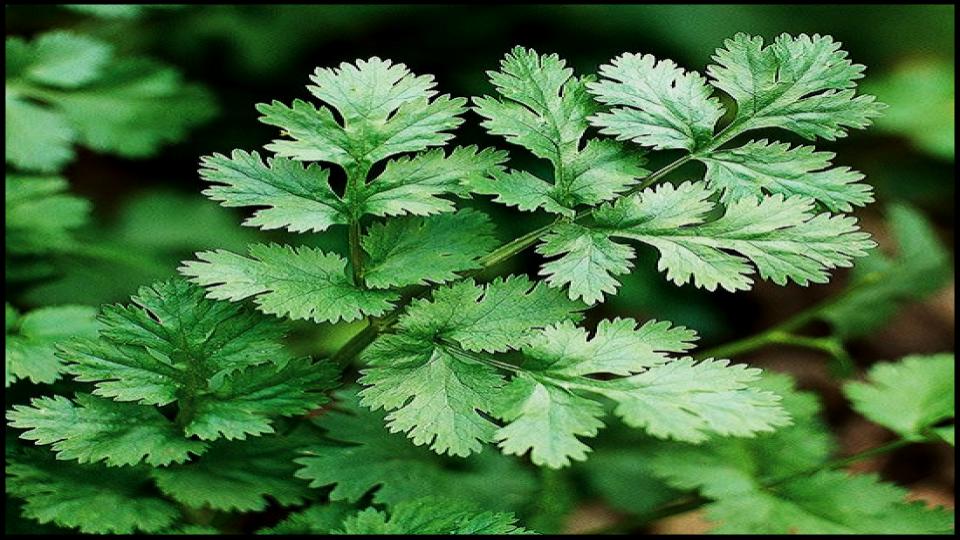
Setting Your Fall Vegetable Garden Up for Success
A successful late garden requires just a bit of forethought.
Preparing the Soil for Round Two
After a long summer of production, your soil needs a little love. Remove any spent summer plants and debris. Then, replenish the soil by working in a few inches of high-quality compost or well-rotted manure. This provides the necessary nutrients for your new crops to thrive. According to the Royal Horticultural Society, adding organic matter also improves soil structure and water retention, which is crucial during the potentially dry days of late summer.
Watering Wisdom for Late Summer
Don’t let the cooling air fool you; late summer can still be dry. Newly sown seeds and young transplants need consistent moisture to get established. Water deeply and regularly until the plants are well-rooted and the autumn rains become more reliable.
Frost and Season Extension
For many of these vegetables, a light frost is a friend. However, a hard freeze can be fatal. Be prepared. Have tools like floating row covers or even just old bedsheets on hand to protect your plants from the first few hard frosts. This simple step can often extend your harvest by several precious weeks.
